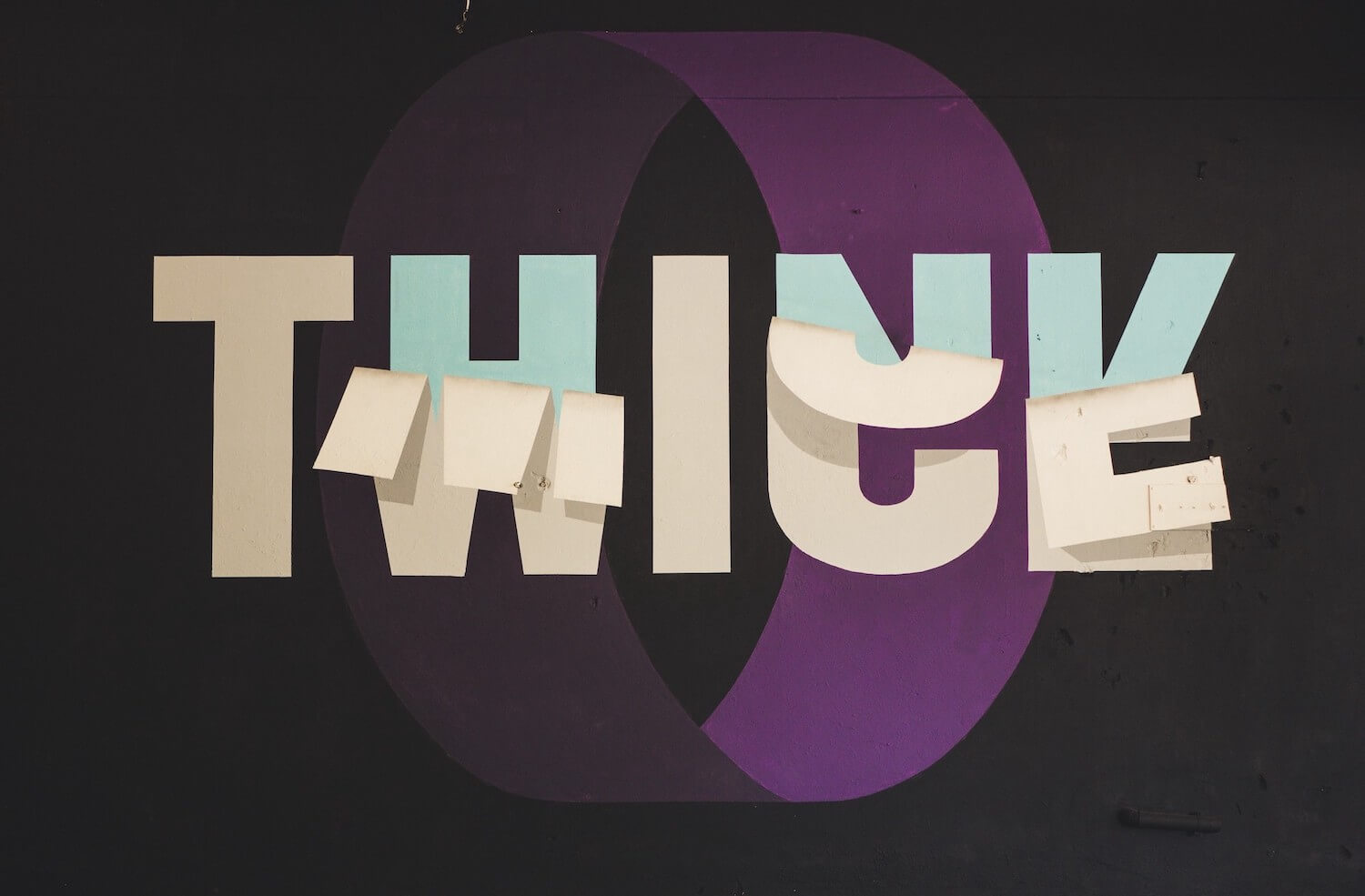Getting sued *twice* over the same (or different) inaccessibility
One of the most interesting new findings in the annual Usablenet accessibility lawsuit report is that 21 % of accessibility lawsuits in 2019 were against companies who have been previously sued. This number depends a bit depending on industry, retail is experiencing 40% repeat lawsuits. There are three likely sources for repeat accessibility lawsuits.
- Companies not continuing to internally enforce accessibility after the pain and cost of the initial lawsuit is over
- The “Hooters” effect (explained more in detail below)
- Companies reaching settlement agreements and then getting into an ongoing dispute (from the plaintiff’s perspective) over the defendant’s failure to fix accessibility issues in the manner (or timeframe) identified in the settlement agreement.
Infrastructure Accessibility and Content Accessibility are NOT the same
Infrastructure accessibility pertains to accessibility of page templates, such as:
- Skip to content Link
- Elements that show up on every page (footer links, search bar, menus)
- Anything related to navigation
The idea is that infrastructure shows up on every page, and except for bug fixes, changes relatively slowly and almost always involves code changes.
Content accessibility pertains to anything that can be updated via a content management system without changing code, such as:
- Text, articles, links in the middle of articles
- Colors associated with carousel updates or hero image replacement
- Multimedia
Some elements (such as form fields and headers) are “it depends”. They can reside in either content or infrastructure accessibility, depending on what content management system is being used.
As long as the code doesn’t change and the tech stack (HW, browsers, OS) remain constant,infrastructure accessibility won’t break or even require retesting when content is updated.
But every … single … time … the content is updated, content accessibility should be reassessed.
This becomes more of an issue when the content is being changed by a third party vendor, which is incredibly common. You need to make sure:
- that your vendors follow YOUR accessibility rules;
- that your vendor adequately trains THEIR personnel, and;
- your contract with the vendor include penalties when they deploy inaccessible content so they have some skin in the game.
And of course, infrastructure has to be reassessed when the code or the tech stack changes as well.
Accessibility is a PROGRAM not a PROJECT
I swear I should corner the market on clothing and coffee mugs that include this statement.
Accessibility is never one and done.
If an organization does not bake accessibility reviews into its entire change management process for both code and content, the digital property is all but guaranteed to backslide into inaccessibility. Which opens them back up for repeat lawsuits, no matter how much work went into the initial remediation.
Five years ago I spoke with a woman at a Northern California ADA conference who told me a story about how her employer had identified its top 100 pages and made them accessible. 18 months later 98 of the 100 were inaccessible again. So they fixed them a second time, but sounds like they never changed their SDLC processes because (SPOILER ALERT!), I filed a complaint against the exact same company 3 months ago for having completely inaccessible content in a new section of its site.
The Hooters Effect
Thanks to the decision in Haynes v Hooters, unless the first accessibility lawsuit filed against an organization is a class action lawsuit (a few are, many are not) other individuals may sue while your organization is:
- investigating the details behind the first lawsuit;
- reaching an agreement with the plaintiff in the first lawsuit, or;
- implementing the fixes agreed in the first lawsuit.
In the case of Hooters, the defendant was actively implementing the agreed-to settlement from the first lawsuit, when the second lawsuit was filed. The court said the initial lawsuit and settlement agreement didn’t matter, and allowed the second case to proceed.
This case may not be necessarily binding in all jurisdictions your organization can be sued in, but I think several jurisdictions will consider it persuasive. The result of Hooters is that any costs associated with one accessibility lawsuit can be multiplied by close to 2 (or even more) — there will be some economies of scale (the bugs only have to be fixed once, for example) but not on all the costs.

0 comments on “What’s more expensive than getting sued over inaccessibility?”